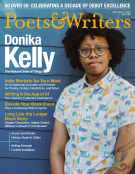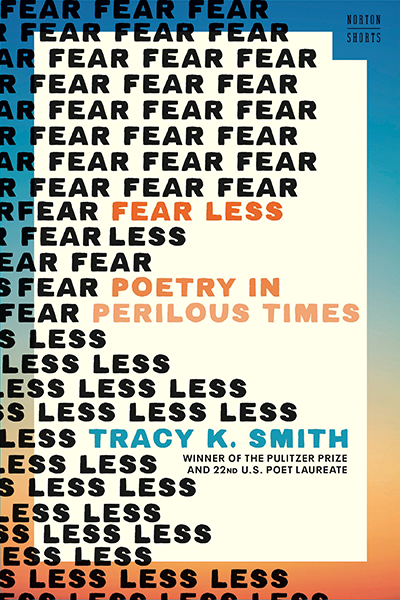Poetry: Epic Elements
In the introduction to John Berryman’s Only Sing: 152 Uncollected Dream Songs, forthcoming in December from Farrar, Straus and Giroux, editor Shane McCrae makes the case that Berryman’s The Dream Songs—a compilation of two books, 77 Dream Songs (FSG, 1964) and His Toy, His Dream, His Rest (FSG, 1968)—is an epic poem, pointing to its stylistic concision. “The language of an epic poem must be, in its way, as compressed as the language of a lyric poem,” he writes, “and in those moments when it is not compressed, the language must strike the reader as relaxed from compression, and loaded with the certainty of future compression.” Another feature of epic poems is the presence of a hero, although McCrae notes that Berryman’s Henry is an “unheroic hero,” variably charming, gloomy, facetious, and colloquial. Begin composing a series of poems that contain these two elements of traditional epic poetry. How does your hero or antihero function to create a binding narrative?
Fiction: Frenetic
“I arrived in the middle of the night to save you from the terrible smoke, I had a dream about you and so I decided to come and see you, I arrived just in time,” writes Ariana Harwicz in Unfit (New Directions, 2025), translated from the Spanish by Jessie Mendez Sayer. In the novel an Argentine migrant worker laboring as a grape picker in southern France is thrown into a tailspin after losing custody of her two young sons; she sets fire to her in-laws’ farmhouse, kidnaps her children, and embarks on a manic road trip. The terrifying and darkly humorous first-person narration is filled with contradictions and falsehoods and comma-filled run-on sentences, structured in frenzied, rambling paragraphs that mirror the protagonist’s delusionary state of mind. Write a story that plays with narrative voice in a similar way, aligning the mindset of your protagonist with a frenetic style of storytelling. Are there moments of levity that can provide a reprieve from the pacing?
Nonfiction: Rabbit Holes
Kate Zambreno’s Animal Stories, published by Transit Books in September, is divided into two sections: “Zoo Studies” and “My Kafka System.” The first section includes essays that meld accounts of various zoo visits with meditations on animals, ideas about enclosure and captivity, and familial relationships and motherhood for human and nonhuman animals alike. The second section examines various aspects of the life and work of the famed author whose stories have centered around an ape, a mouse, a dog, hybrid creatures, and, of course, a giant insect. Taking your cue from Zambreno’s wide-ranging pieces, write a series of short reflections on animals that progresses with associative logic. Allow yourself permission to go down any rabbit holes, as deeply as you wish. Take inspiration from the realms of science and other artistic mediums to include intriguing anecdotes and historical facts.
Suggested Reading
Fear Less: Poetry in Perilous Times (Norton, November 2025) by Tracy K. Smith
Combining deeply personal experience and exacting professional insights, former U.S. poet laureate Tracy K. Smith demystifies the art form and argues that poetry “is rooted in fundamentally human qualities innate to our capacities to love, dream, question, and cultivate community.” Smith allows the reader to look over her shoulder as she shares her own creative process, demonstrating how poetry is uniquely suited to enable readers and writers to better confront the challenges of life’s uncertainties and better understand themselves. These personal observations are punctuated by craft and close readings of contemporary and classic poems alike, including works by Joy Harjo and Danez Smith as well as Emily Dickinson and John Keats. “Far from something to fear...poetry is an art form that allows us to redefine our relationship to fear by stepping in close to the facets of the world that we don’t like, or don’t understand,” she writes. “Often enough, these are the same things.”
Thumbnail credit: Jason Hawke via Unsplash









